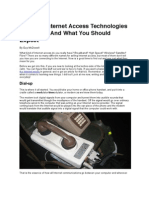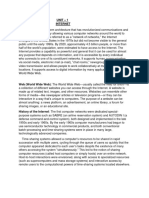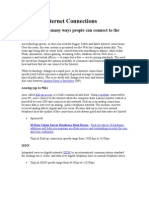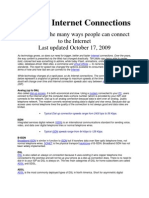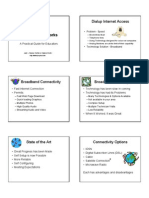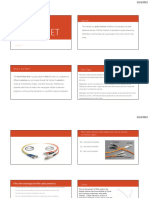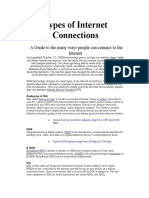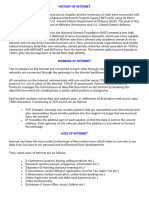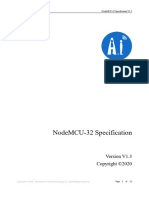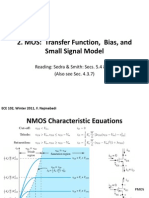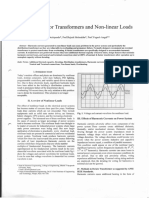0% found this document useful (0 votes)
19 views10 pagesExploring Internet Types and Their Importance
This presentation discusses various types of internet connections, including their historical development and significance in modern life. It covers dial-up, DSL, cable, fiber optic, satellite, and mobile internet, highlighting their features, advantages, and limitations. The future of internet connectivity is also addressed, focusing on advancements in satellite technology, 5G expansion, and fiber network rollout.
Uploaded by
abdulrafay61831Copyright
© © All Rights Reserved
We take content rights seriously. If you suspect this is your content, claim it here.
Available Formats
Download as PPTX, PDF, TXT or read online on Scribd
0% found this document useful (0 votes)
19 views10 pagesExploring Internet Types and Their Importance
This presentation discusses various types of internet connections, including their historical development and significance in modern life. It covers dial-up, DSL, cable, fiber optic, satellite, and mobile internet, highlighting their features, advantages, and limitations. The future of internet connectivity is also addressed, focusing on advancements in satellite technology, 5G expansion, and fiber network rollout.
Uploaded by
abdulrafay61831Copyright
© © All Rights Reserved
We take content rights seriously. If you suspect this is your content, claim it here.
Available Formats
Download as PPTX, PDF, TXT or read online on Scribd
/ 10

















